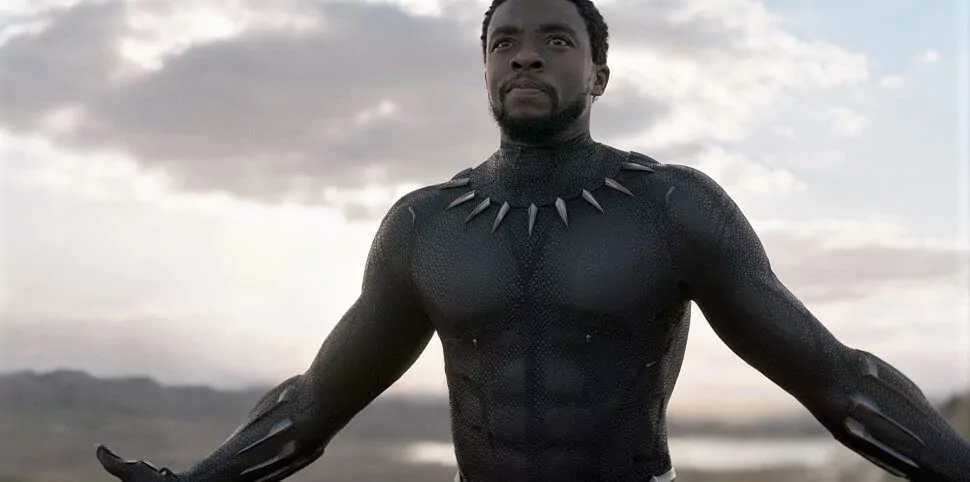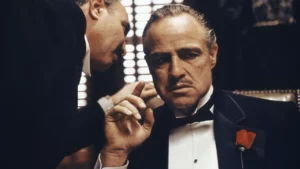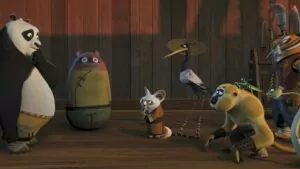
Loving something/one is the most natural and yet one of the most taxing human qualities ever. One just exists with a myriad of emotions swirling up within themselves. It is possible that people have no idea what to do with these feelings and thus channelling them becomes more concerning than beautiful. Love can easily turn into an obsession. You know the kind Penn Badgely represents in YOU. Yes, well, he may have had Love but he definitely doesn’t anymore. Love, obsession and possessiveness have a thin line differentiating them so people shouldn’t be surprised over how people manage to become toxic.
Another highly common thing is celebrity crushes. Every person has that one celebrity that they are madly in love with. Or obsessed. The one who they know everything about because they have gone to the great depths of the internet and found out the name of that one English teacher in 7th grade who gave their “love” detention. While this is not true for everyone and certainly not for the writer, there are celebrities who have such fans. The fans who have crossed over to the toxic love.
What is a Toxic Fandom?
Toxic fandom is a term coined by journalists, news organisations, and others in recent years to describe admirers of popular culture who participate in unpleasant and undesirable actions. These behaviours can range from outspoken opposition to a reboot of a popular franchise to bullying other fans or those involved in the production of a film, television show, video game, song, or book, to antisocial acts such as death threats, rape threats, or doxing (publication of a person’s personal information).
The majority of toxic fandom behaviours take occur on online community websites or social media platforms, particularly Twitter, though they can also be seen at fan events and conventions. It is often seen that fandoms often develop an identity for themselves which further grows in on the fans too. they are meant to like, think and possess certain attributes that are necessary for them to qualify as a “fan” of a particular thing. Take, for example, a Potterhead (fan of the wizarding world) is meant to know as many spells or random tidbits of trivia to qualify as a true fan. While these seem harmless, they often escalate to more serious elements.

The Snyder Cut Fandom
The biggest example of this is Snyder Cut. Fans were giddy with excitement over the release of Justice League but were equally aggressive over the Snyder’s Cut. While some just vocalized their disdain over the wait, others chose to insult, not only other fans who weren’t as involved as them but the movie executives and creators as well. From sending threats to the producers and Joss Whedon, the fans were rallying in a form of a toxic online parade. Whedon was on the receiving end of this cruelty simply because he stepped in as director when Snyder recused himself for personal reasons.
What could have been a disappointing movie that led to the outbreak of toxic fans? Many writers, directors and producers took their stand against such fans and said that the kind of pressure and harassment such behaviour generates is counteractive to the hard work that goes behind the making of a film.
Timothee Chalamet and Eiza Gonzales
Such reactions from the fans are not limited to movies but also to the personal decisions and the lives of celebrities. When Timothee Chalamet was spotted with actress Eiza Gonzales in Cabo, fans had an uproar against the latter. Many shamed her for being seen with an actor younger than her. Some even shamed them for being caught making out in the public. Toxic fandoms are aggravated further by the workings of the paparazzi. The particular duo was in their private vacation house and due to the intrusion of the paparazzi were these photos leaked. Even if they were in public, it is not in the hands of the fans to comment on their decisions and life.
The phenomenon of toxic fandoms later also affects the release of movies. To see how toxicity impacts films, there needs to be a comparison to the times when fans generated a positive commotion. Star Trek was a small TV show in the 1960s which was going to be cancelled after 2 seasons. Due to a massive uproar by their viewers, who sent letters to the production company, the show was revived. This letter-writing campaign was started by a “Trekker” named Bjo Trimble who sought fellow Trekkers and Trekkies. These happened to be students, scientists, office workers and every other person who wanted to escape their day to day life for a small amount of time. These letters of appreciation for the show saved the series and now Star Trek has one of the biggest fandoms.

Sonic the Hedgehog & Marvel Cinematic Universe (MCU)
Next, let’s head on to fan pressure. In 2019, Sonic the Hedgehog was supposed to release, fans went online and aggressively vocalized their hate towards the movie’s aesthetic. The reaction was so negative and harassing that the movie was delayed so that the entire animation could be redone to their wishes. This is not what movies stand to do. Movies, series and any other form of art are based on the vision and thoughts of the director, writer, cinematographer and every other person working on that film. While it is great to see fans appreciate the hard work, the fans should not be terrorizing the artists to do what they want to expect to see.
People with a unique vision and a plan for where the story will go make the best movies. The former is why Marvel movies are sometimes chastised for following a formula, as the MCU’s schedule is decided by a committee (albeit one ultimately led by Kevin Feige). Marvel, on the other hand, had an endgame in mind (literally), with a proven track record of what works for fans and a willingness to experiment within certain limitations in order to give something fresh that fans may not even realise they desire. Their phase 4 has thus been able to steer away from all the toxicity that was being built up for the phase 3 stories. One of the best ways to talk about how Marvel manages to steer clear of fan toxicity is by giving them parts of what they want and experimenting with it to ultimately give something that no one saw coming. For example, Taika Waititi’s incredible Thor: Ragnarok from 2017 which redefined Thor’s character and brought the franchise out of the boring, melodramatic rut it was stuck in.
The Movie Culture Synopsis
Now we shall be getting the second part. It is up to the fans to show that with a franchise as big as Marvel that is known for conceding to the many requests of the fans if they resort to toxicity or leave the art to the experts.



